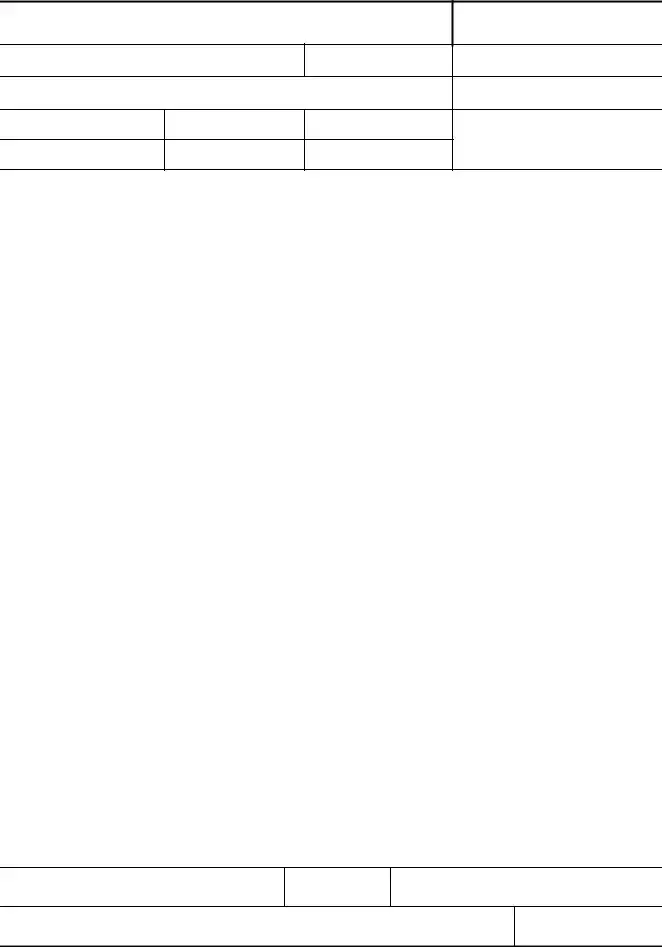What is the purpose of the DA 5748 R form?
The DA 5748 R form is used as a packing list and load diagram for shipments within military logistics. It provides essential details on the shipment unit, including dimensions, weight, and contents. This form ensures that all items are accounted for during deployment and that they meet packing requirements.
What information do I need to complete the DA 5748 R form?
You’ll need to provide several details, including the deploying unit, unit identification code (UIC), shipment unit description, the date packed, dimensions (length, width, height), total weight, and a list of the cargo contents. It’s important to be thorough to avoid any delays or issues during the shipping process.
How do I certify the information on the DA 5748 R form?
Certification is done by signing in the designated area on the form. You must include your typed name, grade, title, and the date. This signature confirms that all items listed are accurately contained within the specified packages and that the information provided is true to the best of your knowledge.
Is there a specific format for the load diagram on the DA 5748 R form?
The load diagram does not have a rigid format but should clearly sketch the placement of cargo within the shipping space. Use this area to illustrate how items will be stored to facilitate efficient loading and ensure stability during transport. Clarity is key, so it's advisable to label any significant items.
Are there any common mistakes to avoid when filling out the DA 5748 R form?
Yes, some common mistakes include omitting critical details, such as dimensions or weights, and failing to certify the form properly. Inaccurate descriptions of cargo contents can also lead to complications. Always double-check the form for completeness and accuracy before submission to minimize potential delays.


